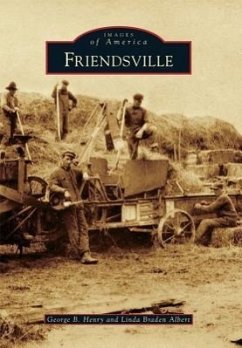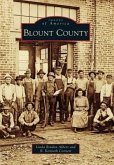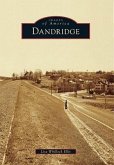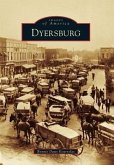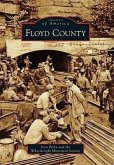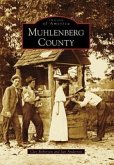Friendsville is a small town with a rich, varied history. It had its beginnings in the late 1790s, when several related families with the Religious Society of Friends (Quakers) moved from North Carolina into what is now Blount County and established a Friends meeting about 12 miles from Maryville, the county seat. The families built a gristmill and a sawmill and later sold town lots. The Friendsville Post Office was established in 1850, and the town was incorporated in 1953. Friendsville has played a remarkable role in the history of the United States. The Friends, who did not support war or slavery, operated several stops on the Underground Railroad during the Civil War, helping runaway slaves, freed African Americans, and southern residents who wanted to fight for the North or move north to avoid the war. The area is now noted for its marble production, with Friendsville pink marble gracing such buildings as the Smithsonian Institution in Washington, D.C.

